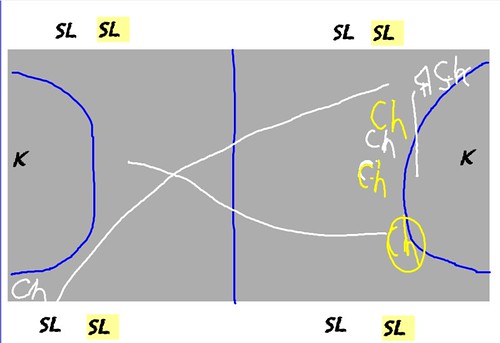I’ve been “there and back” quite a few times in my life, as I dove into The Hobbit and cheered on little Bilbo Baggins. But it has been more years than I care to count since I cracked it open. Still, I knew my youngest son would enjoy the adventure, and sure enough, in just a few weeks of read-aloud, we ended the story with Bilbo alive (not dead, as his relatives would like), sitting and smoking his pipe into old age. (And we know Bilbo makes a quick re-appearance with The Fellowship of the Ring before Frodo goes off on his own epic adventure).
So, does the story hold up?
Well, yeah, it surely does. My son and I had many conversations about the story, and he kept peppering me with questions about The Lord of Rings series, which I danced around on tiptoes (Gollum? The ring? Gandalf?) so as not to give too much away for when we shift into that trilogy (which may be soon enough. I used to have two sets of The Lord of Rings and both are missing, given away to book fairs, perhaps. Time for another visit to the library …)
The story really does have the perfect arc of narrative. I hate to reduce a story to its plot outline, but gosh, Tolkien’s story is full of exposition, rising action, climax, falling action, and resolution. You’d think he had been a teacher. Wait! He was. I know this is often a criticism of The Hobbit — its predictable nature — but reading it aloud to someone who knows almost nothing about the stories that will be unfolding ahead was pure magic for me. I was shifting back in that time, too, with my son, remembering when I first discovered The Hobbit somehow or another (it may have been my mother, who was always pressing books into my hand) and how deeply I became engulfed in the story.
Yes, I enjoyed The Hobbit all over again.
Peace (in the comfy hole in the ground),
Kevin
PS — as a side note, as I was in the midst of reading The Hobbit with my son, I started noticing three or four of my students had also chosen it for their independent reading, which led to more conversations in class. Interesting convergence … or some magic, perhaps?


